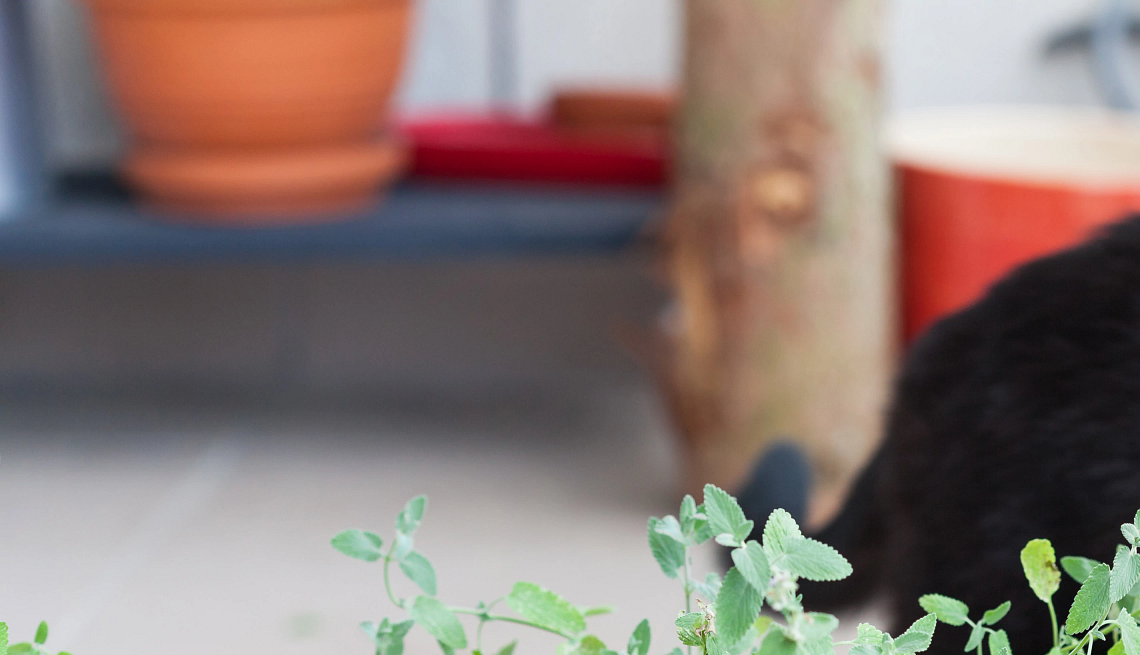AARP Hearing Center


The soothing sound of trickling water. The scent of lavender and honeysuckle. The taste of right-off-the-vine tomatoes. The sight of brightly colored plants and flowers. And the comforting feel of velvety soft petals.
These are just some of the many possibilities in a sensory garden — an area designed to stimulate the five senses, a key element of health for older adults.
Why? Besides just being a generally lovely experience that will bring you joy, it’s also a good health move for older adults to activate all their senses on a regular basis to keep them sharp.
“As we age, we experience a range of changes to our senses of sight, hearing, touch, taste and smell ... due to a combination of genetics and lifestyle factors, such as diet, level of physical activity, wear and tear from work, and recreation,” says Emily Nabors, senior program specialist with the National Council on Aging (NCOA).
When our senses are not functioning properly, it can make life more difficult and put us at risk, such as when being unable to hear on the phone, read instructions or determine if an object could burn us.
Engaging in sensory-rich activities promotes neuroplasticity, our brain’s ability to rewire and build new neural connections that support sensory functions, according to NCOA.
“A sensory garden is something that allows you to use all your senses and be mindful,” notes Donna Soszynski, a certified horticultural therapist who works with seniors.
Here’s how to make the most of your outdoor space to engage your five senses. No garden space where you live? Add more sensory-friendly house plants to your collection. You can also check to see if there is a local, public sensory garden you could visit.


A sight for sore eyes
Colorful plants and flowers, winding stone paths and eye-catching wildlife are just three of many ways to delight your eyes.
Soszynski suggests choosing vibrant colors for the garden. “I find that a lot of seniors respond to color.” According to a 2020 study on color psychology published in the journal Psychological Science, color can trigger a certain emotional reaction. Soszynski says use that information and figure out which hues make you feel best.
Attract pollinators and other animals to your garden since having a vibrant wildlife community is a large part of the sensory experience. Nandita Godbole, botanist, landscape architect, author, personal chef and gardener, plants catnip because she favors the aroma, but it also attracts the neighborhood cats that she loves to watch.
Christopher Barrett Sheridan, a garden writer, educator and designer known as “The Flower Sommelier,” recommends planting shrubs and trees with wild fruit and berries, such as rose hips and crab apples, to increase the bird population in your yard. Plant native flowers to attract pollinators and provide feeders and water for birds so you can enjoy hours of free entertainment.







































































More From AARP
10 Ways to Get Grandkids Into Gardening
Letting go of perfection and appealing to their senses helps you bond with your grandchildren over plants and flowers
Keep Your Flower Garden Blooming Year-Round
Grow colorful bouquets with perennials, annuals and native speciesGrow Your Own Outdoor Oasis
Helpful tips for cultivating the yard of your dreams
Recommended for You